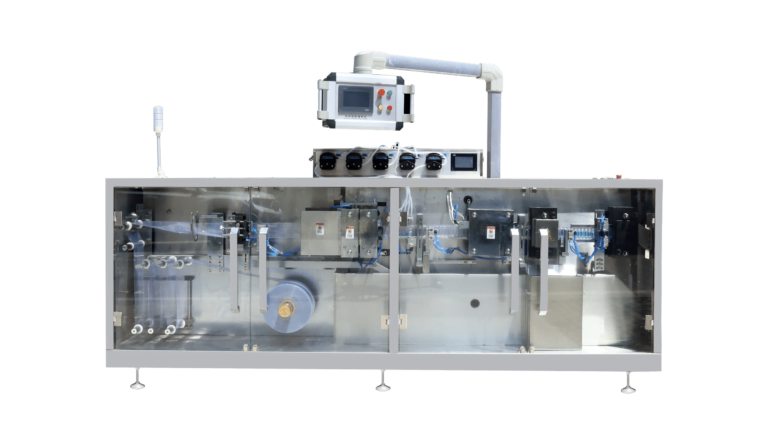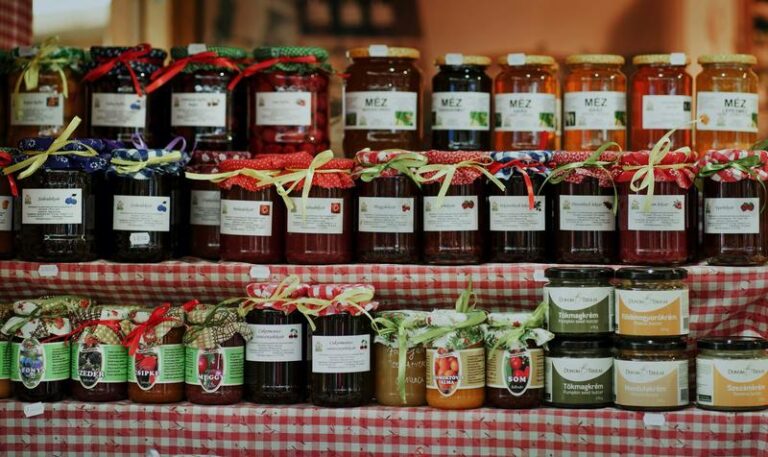Are you struggling to find the perfect liquid packaging solution for your business? Look no further! In this comprehensive guide, we’ll dive deep into the world of liquid packaging, exploring the latest trends, best practices, and strategies to help you stay ahead of the curve. From choosing the right materials to optimizing your packaging process, we’ve got you covered.

Introduction
In today’s fast-paced consumer market, liquid packaging has become a critical component of any successful business. Whether you’re dealing with beverages, pharmaceuticals, or personal care products, the right packaging solution can make all the difference in terms of product quality, shelf life, and customer satisfaction. However, with so many options available, it can be challenging to determine which solution is best suited for your needs.
Types of Liquid Packaging Solutions
When it comes to liquid packaging, there are two main categories: rigid and flexible. Each type has its own unique advantages and disadvantages, and the choice ultimately depends on the specific needs of your product and your target market.
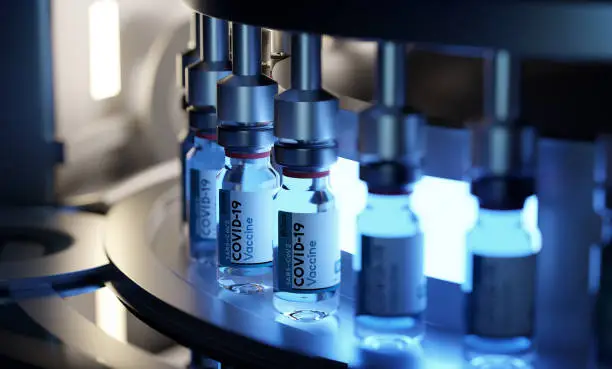
Rigid Packaging
Rigid packaging solutions are known for their durability and stability. They are often used for high-value products or those that require a high level of protection. Some of the most common rigid packaging solutions include:
- Glass bottles: Ideal for beverages, pharmaceuticals, and personal care products, glass bottles offer excellent barrier properties and are highly recyclable.
- Plastic bottles: Lightweight and cost-effective, plastic bottles are versatile and can be used for a wide range of liquid products. Popular materials include HDPE, PET, and PP.
- Metal cans: Primarily used for beverages, metal cans provide an excellent barrier against light, oxygen, and moisture. They are made from aluminium or steel.
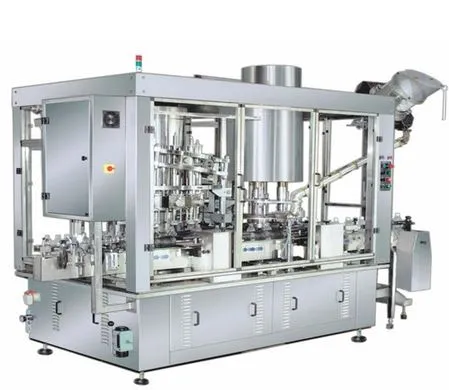
Flexible Packaging
Flexible packaging solutions are known for their adaptability and convenience. They can be easily molded into various shapes and sizes, making them ideal for products that require a compact or portable format. Some of the most common flexible packaging solutions include:
- Pouches: Made from multi-layered materials, pouches are lightweight and offer a high level of protection. They are commonly used for products such as juices, sauces, and detergents.
- Liquid Packaging Bags: Liquid products like milk, wine, and water are often packaged in bags, which can be made from materials such as LDPE or PET. Bags can be fitted with taps or spouts for convenient pouring.
- Sachets: Small, single-use packets made from laminated films, sachets are used for portion-controlled liquid products like condiments, cosmetics, and pharmaceuticals.
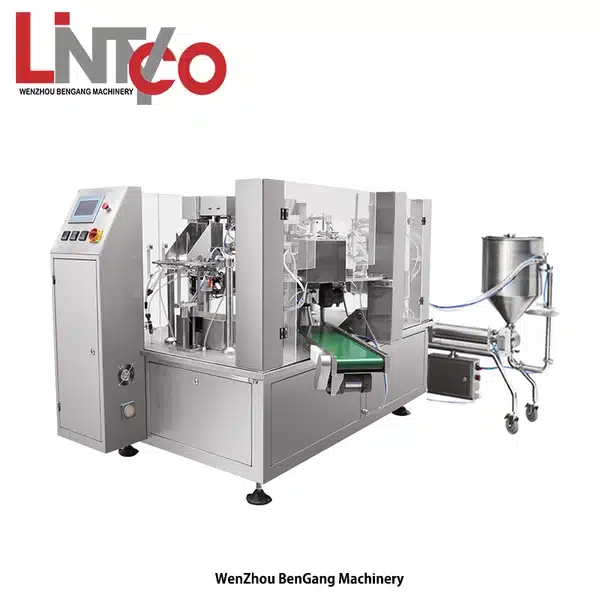
Factors to Consider When Choosing a Liquid Packaging Machine
Selecting the right liquid packaging machine is crucial to the efficiency and success of your liquid packaging operation. Here are some key factors to consider:
- Container type: The type of pouch/bottle being used will determine the appropriate liquid filling machine. Ensure the machine is compatible with your chosen design.
- Production speed: Consider the required output of your packaging line and choose a machine that can keep up with your production needs.
- Flexibility: Look for a machine that can handle multiple pouch/bottle sizes and types to accommodate future product changes or expansions.
- Sanitation: Ensure the machine is easy to clean and maintain to prevent contamination and ensure product safety.
- Automation: Automated liquid packaging solutions can improve efficiency and reduce labor costs, but may require a higher initial investment.
The Future of Liquid Packaging
As consumer preferences and environmental concerns continue to evolve, the liquid packaging industry is poised for significant changes in the coming years. Some of the key trends to watch out for include:
- Sustainability: Consumers are increasingly demanding eco-friendly packaging solutions, driving the industry towards the use of recyclable and biodegradable materials.
- Personalization: Customized packaging with unique designs, shapes, and sizes is becoming more popular, as brands seek to stand out in a crowded market.
- Smart packaging: The integration of technology into packaging, such as RFID tags and QR codes, is enabling new possibilities for product tracking, authentication, and consumer engagement.
- Convenience: Consumers are looking for packaging solutions that are easy to use, portable, and resealable, driving the demand for innovative designs and formats.
- Functional packaging: Packaging that offers additional benefits beyond basic containment, such as extended shelf life or enhanced product performance, is gaining traction in the market.
Conclusion
Liquid packaging is a critical component of any successful business in today’s competitive market. By understanding the various types of liquid packaging solutions, the factors to consider when choosing a liquid packaging machine, and the future trends shaping the industry, you can optimize your packaging process and stay ahead of the competition. Remember, the key to success lies in staying informed, adaptable, and focused on meeting the evolving needs of your customers. By investing in the right liquid packaging solutions from liquid packaging corporations and staying ahead of the curve, you can unlock new opportunities for growth and profitability.



